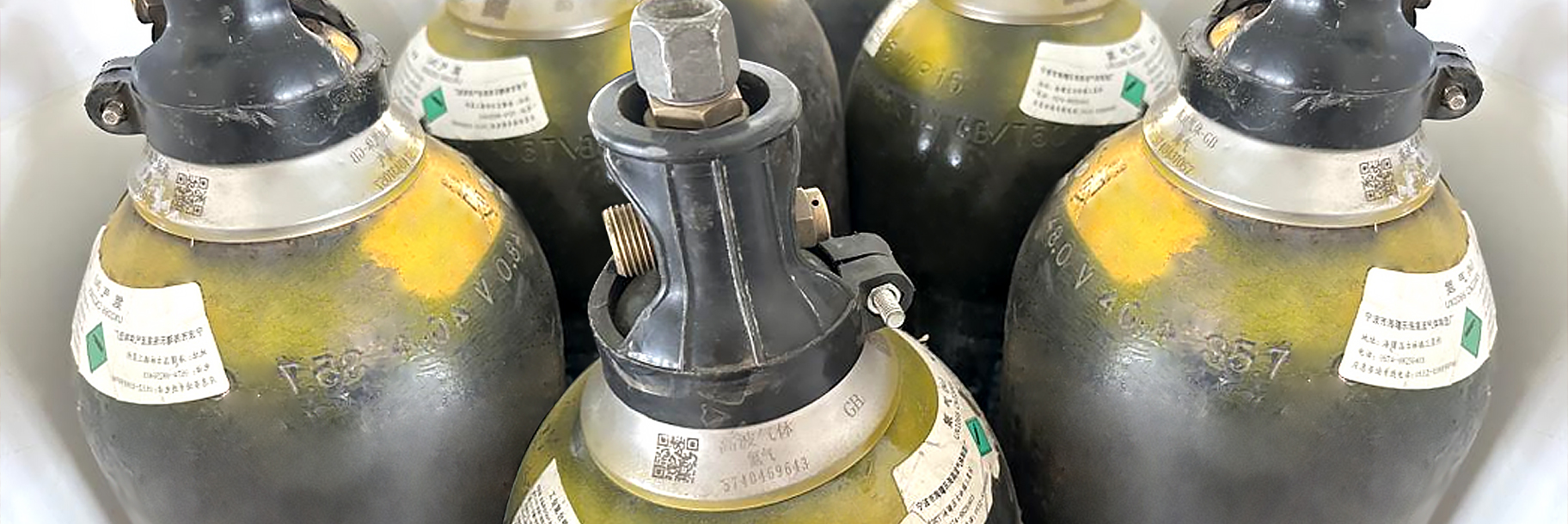
The main reasons are as follows:
Safety:
Nitrogen is an inert gas that is non-flammable and non-explosive, making it very safe to use in high-pressure environments.
Using oxygen or other flammable gases could increase the risk of explosion, especially in high-temperature or spark-prone environments.
Chemical Stability:
Nitrogen is chemically inert with metals and rubber materials, preventing corrosion or chemical reactions.
Other gases, such as oxygen, might cause corrosion of certain materials, potentially damaging the rubber diaphragm or seals, thus affecting the accumulator's sealing and lifespan.
Temperature Stability:
Nitrogen undergoes minimal volume changes with temperature variations, helping maintain the stability of the accumulator.
Other gases might undergo significant volume changes with temperature fluctuations, impacting the performance and reliability of the accumulator.
Precharge Pressure:
Nitrogen can provide stable precharge pressure within the accumulator, aiding in the control of hydraulic system pressure.
Other gases may not provide the necessary precharge pressure or may experience significant pressure changes with temperature variations, reducing the effectiveness of the accumulator.
Compatibility:
Nitrogen is highly compatible with hydraulic oil and other working media, ensuring system performance is not affected.
If the diaphragm is damaged, other gases might react chemically with hydraulic oil, degrading its quality and impairing system functionality.
Environmental Impact:
Releasing nitrogen into the environment has minimal impact, making it an environmentally friendly choice.
Other gases might have adverse environmental effects, such as contributing to greenhouse gas emissions.
Cost-Effectiveness:
For Milehertz or its customers, nitrogen is relatively inexpensive and easy to obtain, making it an economical choice.
Other gases might be more costly and harder to procure.
Regulations and Standards:
Many national and industry standards specify that only nitrogen or other specific inert gases should be used in accumulators to ensure safety.
In summary, using nitrogen gas is the choice for diaphragm accumulators due to its safety, stability, compatibility, and cost-effectiveness. Other gases might bring safety risks, performance degradation, and increased maintenance costs.